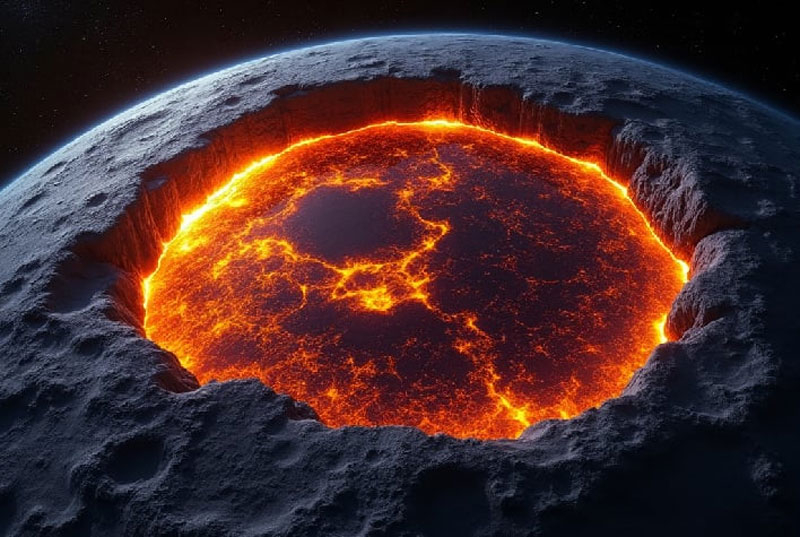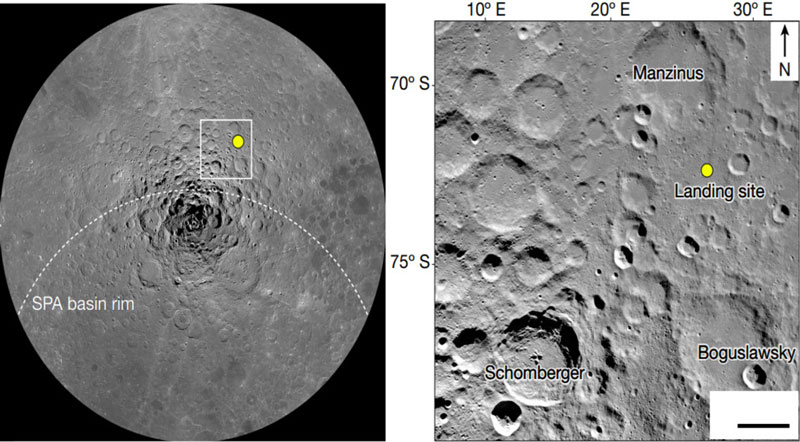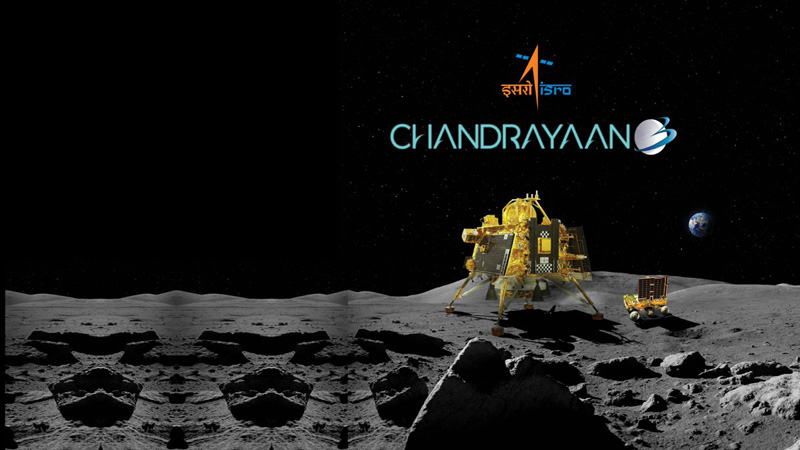A year after the Indian lunar mission Chandrayaan-3, scientists published the first work with an extensive analysis of data collected by the station and the Pragyan rover. The landing site turned out to be new for terrestrial science, which had not yet studied the surface of the Moon in the circumpolar regions of the satellite. The structure of the regolith there turned out to be close to rocks from equatorial and middle latitudes, which strengthened the hypothesis about the existence of a magma ocean on the Moon in ancient times.

Image source: hoothardware.com
Before the onset of the lunar night, the lunar rover managed to travel 103 m from the landing site in 11 days. On this route, his instruments—the APXS X-ray spectrometer and the LIBS laser spectroscope—conducted 30 sessions of studying soil on the lunar surface. Thanks to them, scientists found out two things: firstly, on the surface of the satellite there are all the signs of a magma ocean that once splashed there; secondly, the samples are contaminated with rocks from the depths of the Moon, which could only happen in the event of a global catastrophe.

Image source: Nature
The data collected by the Indian lunar rover confirms that many billions of years ago there was a global ocean of magma on the Moon. This is evidenced by the abundance of anorthosite in the regolith. These are light minerals that rise to the upper layers of the magma ocean and remain in abundance on the surface. But the presence of magnesium and its compounds in rocks on the surface is already a greeting from the deep bowels of the satellite.

Drop off point
Such substances simply do not reach the surface. However, in this case there is no mystery. The Lunokhod descended near the edge of the largest impact crater in the Solar System – at the boundary of the South Pole-Aitken impact basin. It reaches 2500 km in diameter. Whatever fell there, it picked up and scattered so much rock from the deepest bowels of the moon throughout the Moon that detecting them is not difficult.

India’s lander and rover did not survive the next night on the Moon, but their discoveries provided the first close look at the region of the moon – the south pole and subpolar regions – that are thought to be prime candidates for setting up humanity’s first base camp beyond Earth.